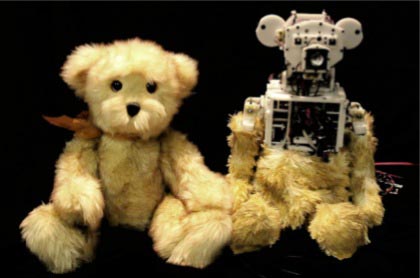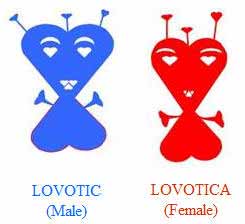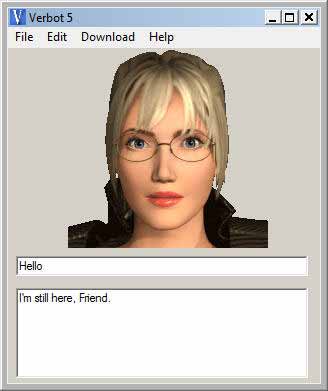Last update : August 7, 2013
Artificial General Intelligence (AGI) is an emerging research field aiming at the building of thinking machines; that is, general-purpose systems with intelligence comparable to that of the human mind (and perhaps ultimately well beyond human general intelligence). While this was the original goal of Artificial Intelligence (AI), the mainstream of AI research has turned toward domain-dependent and problem-specific solutions; therefore it has become necessary to use a new name to indicate research that still pursues the Grand AI Dream. Similar labels for this kind of research include Strong AI, Human-level AI, etc. Other AI researchers prefer the term of Synthetic Intelligence.
The research on AGI is interdisciplinary, focused on whole systems and includes scientific and philosophical investigation and software engineering.
Artificial General Intelligence Research Institute
The term AGI was first used by Mark Avrum Gubrud in November 1997. Fifty years after the launch of the Artificial Intelligence Project in Dartmouth in 1956, Ben Goertzel, Phil Goetz, Pei Wang and Bruce Klein organized the first Artificial General Intelligence Research Institute (AGIRI) workshop in May 2006 to bridge the gap between narrow AI and general-purpose AI. The AGI Research Institute was founded in 2001 with the mission to foster the creation of powerful and ethically positive Artificial General Intelligence. The institute is sponsored by Novamente LLC.
The aspects of Artificial General Intelligence are explained by Pei Wang and Ben Goertzel in the introduction of their book Advances in Artificial General Intelligence (IOS Press, 2007).
The first conference on Artificial General Intelligence (AGI-08) was organized by AGIRI in March 2008 in Memphis, Tennessee, USA, in association with the Association for the Advancement of Artificial Intelligence (AAAI).
Artificial General Intelligence Society
Ben Goertzel, Pei Wang, Joscha Bach and others founded in September 2011 the Artificial General Intelligence Society (AGI society), a nonprofit organization with the following goals:
- promote the study of artificial general intelligence (AGI), and the design of AGI systems
- facilitate co-operation and communication among those interested in the study and pursuit of AGI
- hold conferences and meetings for the communication of knowledge concerning AGI
- produce publications regarding AGI research and development
- publicize and disseminate by other means knowledge and views concerning AGI
The organization of the annual Artificial General Intelligence conference series, which was started in 2008 by AGIRI, has been taken over by the AGI society. The next conference (AGI-2013) will be held in Beijing, China, July 31 – August 3, 2013.
Some additional informations about AGI are available at the following links :
- Artificial General Intelligence : A gentel introduction, by Pei Wang
- Suggested Education for future AGI researchers, by Pei Wang
- Sketch of an AGI curriculum, by Ben Goertzel
- Contemporary Approaches to Artificial General Intelligence, by Cassio Pennachin and Ben Goertzel (introduction chapter of the book Artificial General Intelligence , Springer, 2007)
- Toward a Comparative Repository of Cognitive Architectures, Models, Tasks and Data, by the Biologically Inspired Cognitive Architectures (BICA) Society
- Ben Goertzel’s Website
More links are provided in the updated post about Artificial Intelligence.






